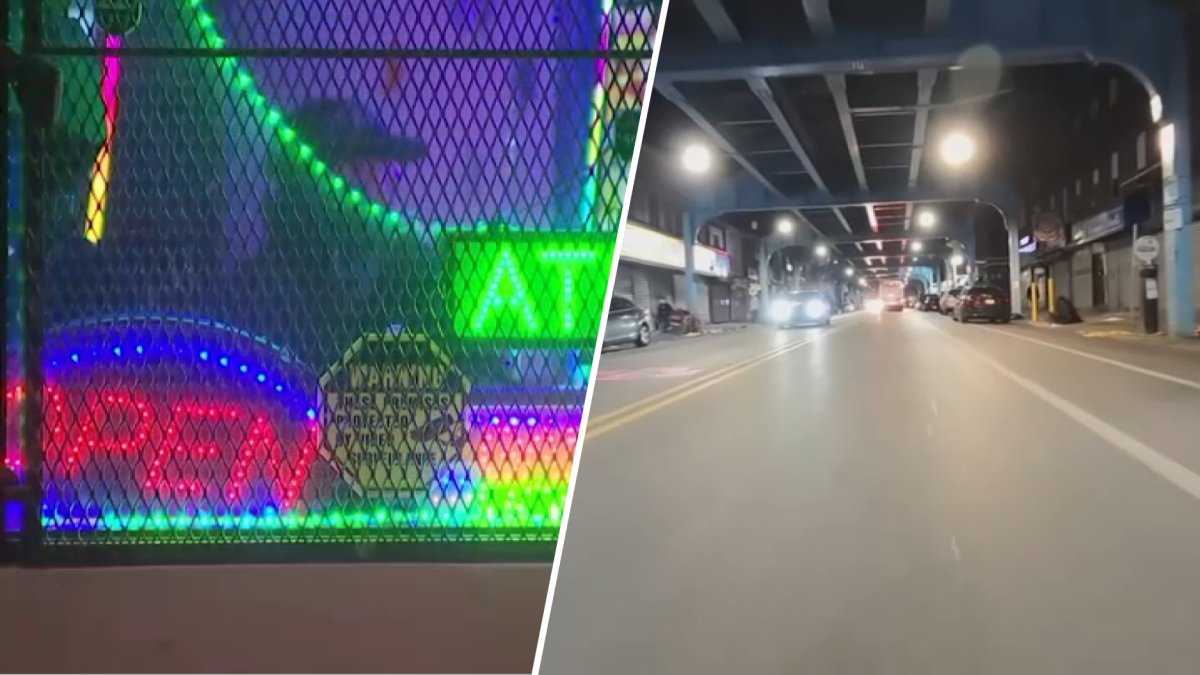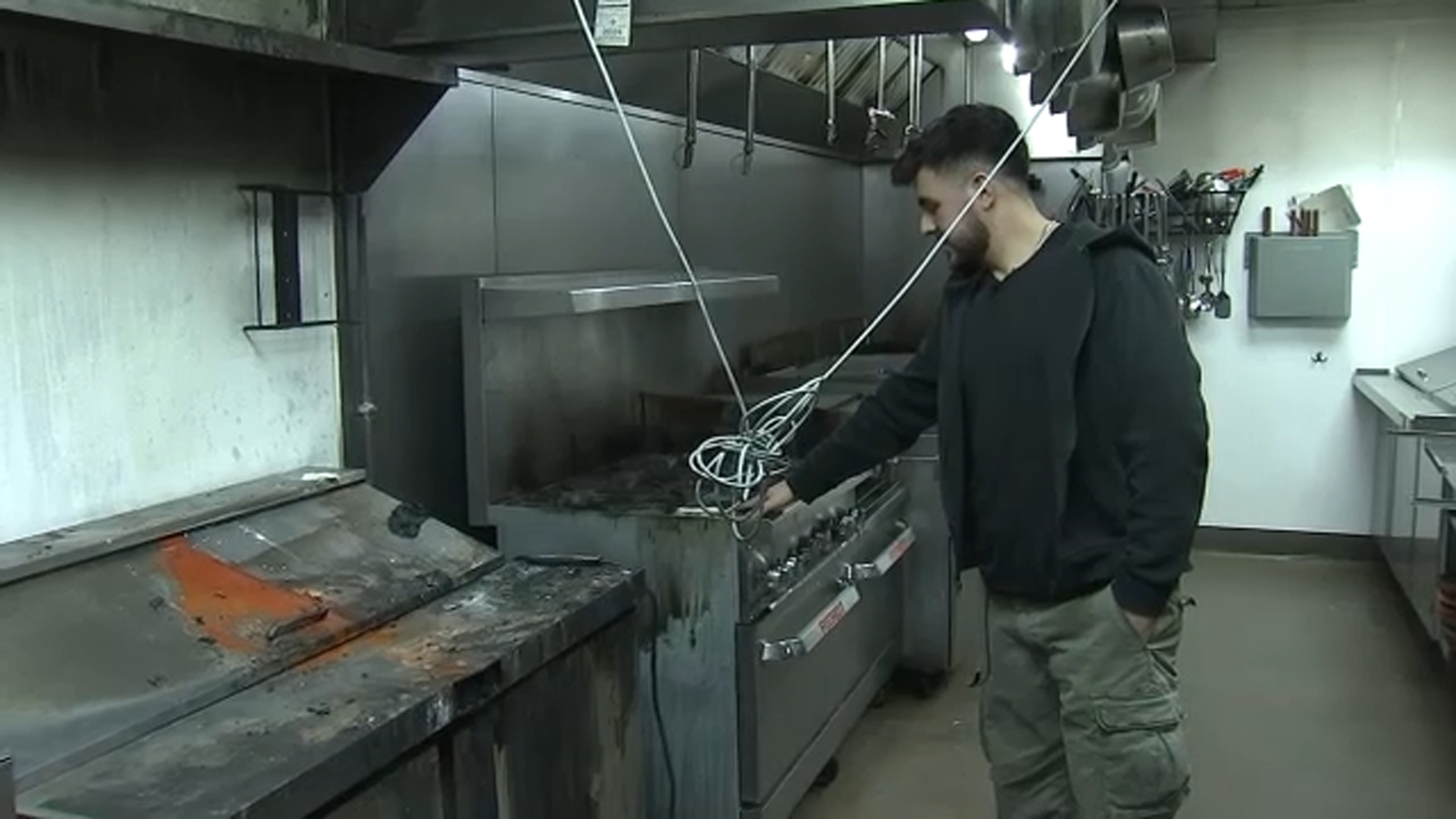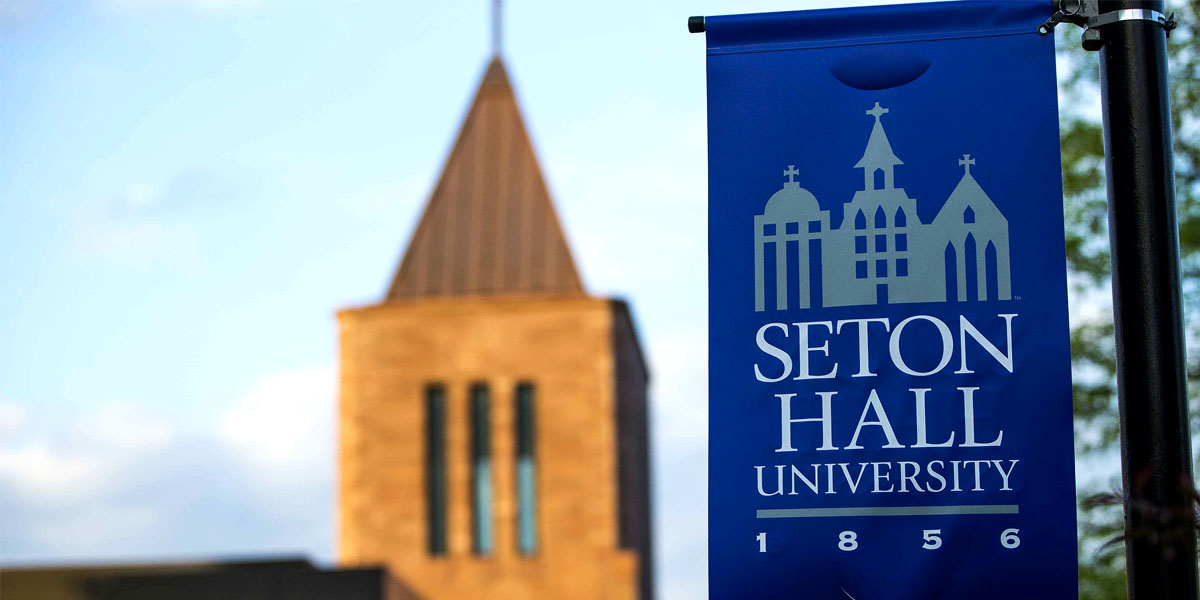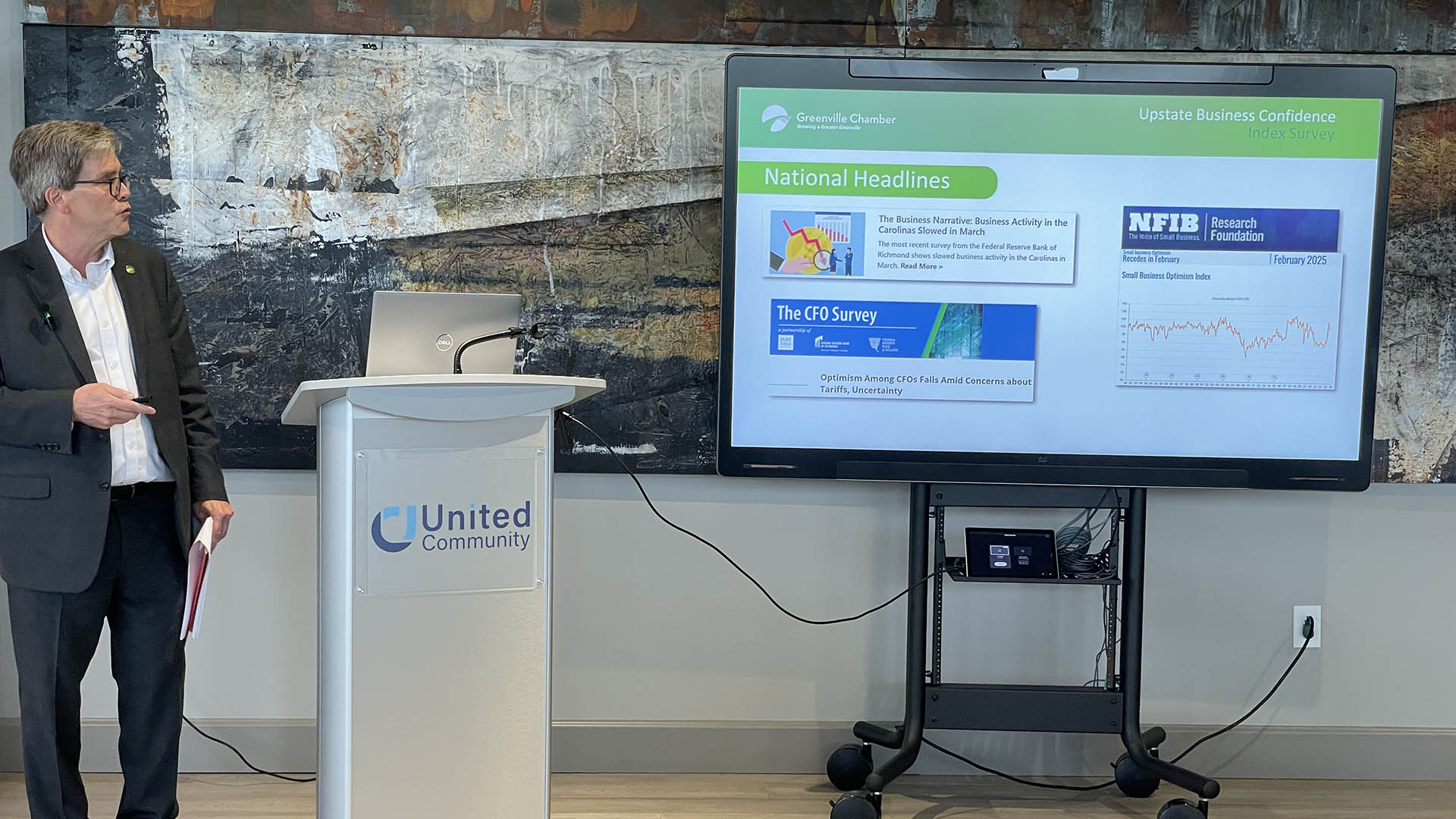Kensington's Nighttime Shutdown: Businesses Brace for Strict New Curfew

In a bold move to address ongoing safety concerns, Philadelphia is set to implement a strict nighttime curfew for businesses in the Kensington neighborhood. Starting soon, local establishments will be required to close their doors from 11 p.m. until 6 a.m. daily, marking a significant shift in the area's late-night operations.
The new regulation aims to curb nighttime activity and potentially reduce crime in a neighborhood that has long struggled with safety issues. Business owners and residents will need to adapt to these new hours, which promise to dramatically alter the area's nocturnal landscape.
City officials hope this curfew will create a more secure environment for Kensington's community, signaling a proactive approach to neighborhood safety and revitalization. While the changes may initially seem challenging, the long-term goal is to transform the neighborhood's reputation and improve quality of life for its residents.








